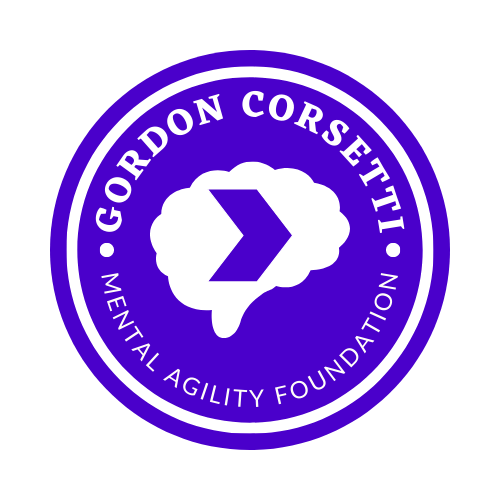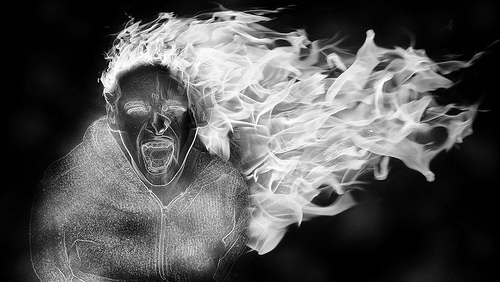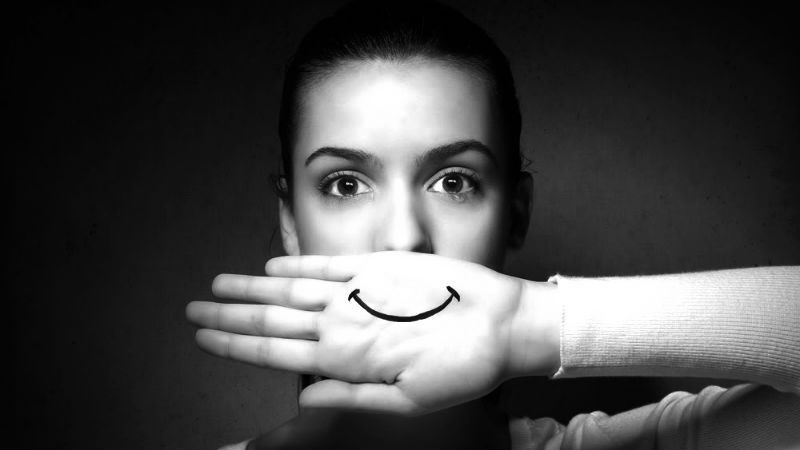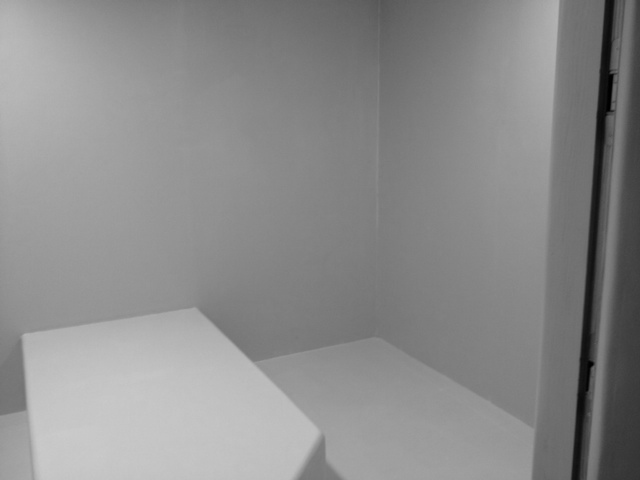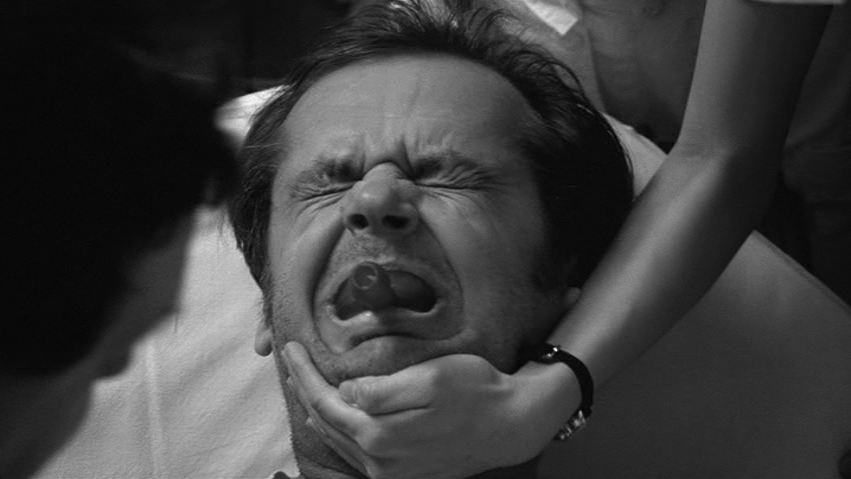Why I Dress Nice
/When my dad was a kid, his mother, my nana, would tell him to go to the deli, and get some “nice ham”. Not just any ham, “nice ham”. That became a running joke in my family. If we bought some cold cuts, invariably, one of us would ask, “did you get the nice ham?”
With my sister’s BF, Nick, in Fells!
My coworkers commented on my change of style to a nicer, even quite dapper, look at the office. Since I have always felt like I should have been born in the 1960s or earlier, I quite like the idea of rocking a debonair look.
A few days ago a friend said he liked my new look, and was curious why I was walking around in nice shoes, a buttoned down shirt with cufflinks, and a vest. Was it to “look good, and feel good”?
Almost, but not quite. I dress this way for two reasons.
First, changing my clothes after work is a custom-made mental doorway. Have you ever walked into a room of your home, and stopped with no idea why you are now in that room? There are some fascinating studies on the doorway, or “threshold”, effect on the human mind. The hypothesis is that crossing a barrier frees the mind from the constraints of the previous environment.
Establishing mental dominance over my sister’s BF.
This is why the first few days of a vacation feel awesome, and the last day is considerably less awesome. The mind has a sense of where you are, and when you are in an environment where you have work and personal stressors, there will be thoughts in your subconscious relevant to your regular surroundings.
My “nice” look gives me something to shed when I get home from work. I step across the threshold of my front door and change into something more relaxed. I have noticed a much smoother transition out of “work-mode” and into “do whatever I want” mode.
The second reason is more personal. I know my anxious and depressive triggers. I know them very well, but sometimes I miss one. Before I can raise my defenses, I might be on slippery mental ground.
My dapper look means more time for me to notice pre-depressive and pre-anxious indicators. If I do not feel like ironing my shirt in the morning, which is a lovely moving meditation, I can ask myself why. If I do not feel like taking some care in how my tie matches the rest of my ensemble, I can analyze why. If I do not want to shine my shoes, I can examine why.
All of these are new personal measures to combat mental slippage into stress and depression, with the pleasurable side-effect of compliments on my appearance.
Plus, I get to wear my semicolon tie clip!
